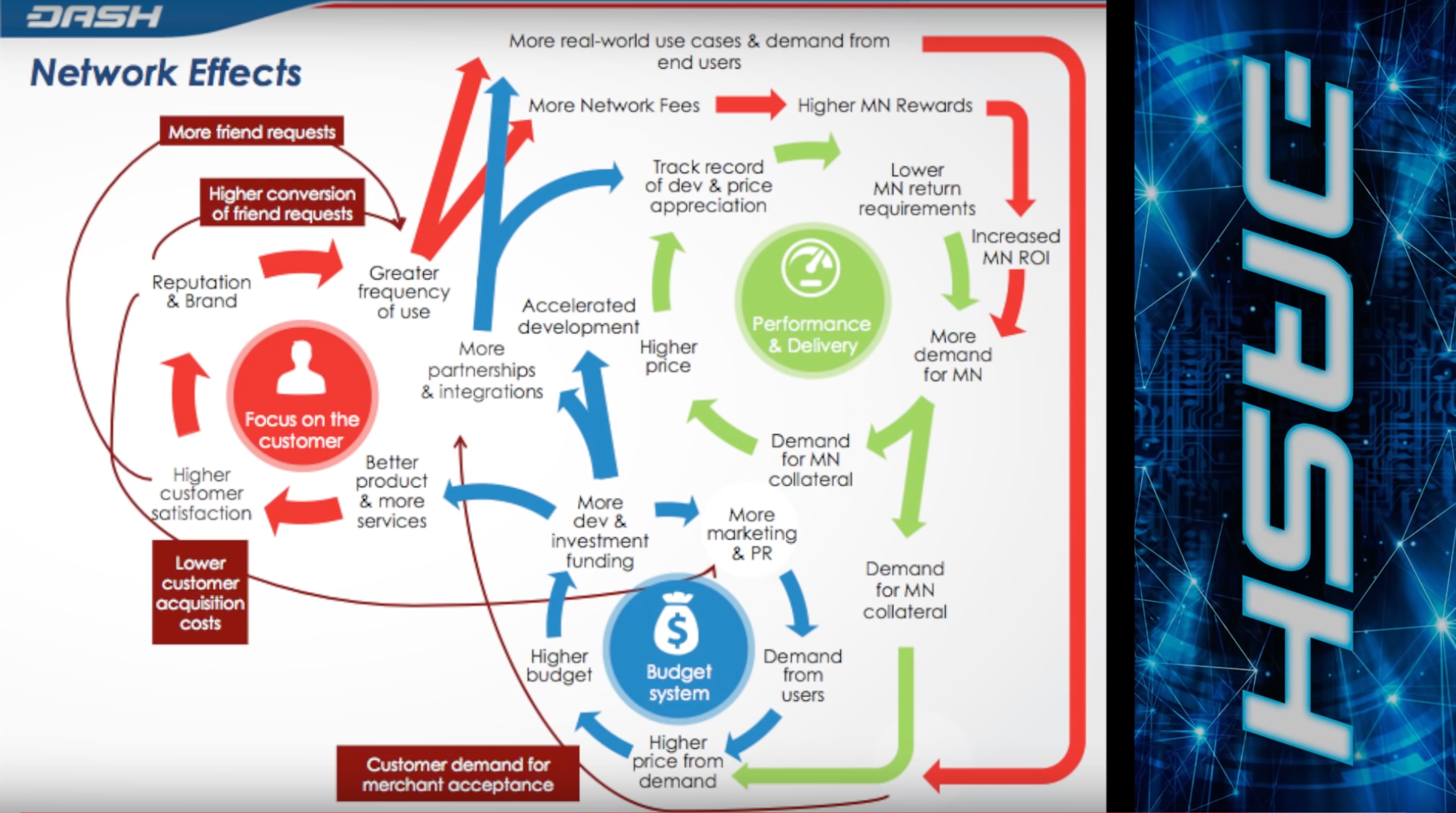Last night, @picokernel dropped a link into SteemSpeak called The Hierarchy of Engagement, expanded, by Sarah Tavel.
In a nutshell, the slides of the presentation are:
- How do you maximize your chances of building an enduring $1B+ company?
- It's all about engagement.
- There's a hierarchy of engagement:
- Level 1: Focus on growing users completing the core action.
- The key factor being more about the the core action and less about growth.
- The core action is foundational, most correlated with retention.
- It's not the only action users do, but it leads back to the core action.
- Growth of user base when those users don't complete the core action is pointless.
- Make sure focus is on the right core action.
- Does the core action scale?
- Level 2: Product should get better the more it's used. Users should have more to lose by leaving the product.
- Create accruing benefits and mounting losses as a user engages.
- Level 3: As users engage, they create virtuous loops in the product.
- Convert user engagement into "fuel" to power forward.
- Level 1: Focus on growing users completing the core action.
- Know what to measure.
Virtuous Loops
This is a bit of a buzz-word used in the slides. Think of it as the opposite of a vicious circle. Wait, wouldn't the opposite of a vicious circle be a virtuous square? No, it's just the opposite effect of a vicious circle, but with one similar component: it feeds itself.
A vicious circle is like feedback noise. It gets louder and worse over time because it loops back on itself.
A virtuous loop gets better over time as it loops back on itself. It's like snowballing.
In investment vernacular, it's called The Network Effect. The presentation tries to make a distinction from Virtuous Loops and The Network Effect, but at their core, they are one in the same.
They are difficult to create. Here's an example of how Dash went about it by DashDetailed:

Source: Why Aren't We Seeing Greater Adoption of Cryptocurrency? (skip to 13:20)
Amanda B. Johnson highlights the Budget System. It manifests in the investment Dash makes. Investments lead to a more robust eco-system, which in turn, Dash gets more useful, which in turn, attracts capital, which leads back to investments.
Determining The Core Action of Steemit
Let's postulate that the core action for Steemit is brand development. Let's see if this fits.
- Scale: Brands can be held by one individual or a corporation. It can grow from one to the other if need be.
- Accruing Benefits: The more I build my brand on Steemit, the better my brand gets.
- Mounting Loss: The more I build my brand on Steemit, the bigger the impact if I walk away from it.
I think this fits so far, but maybe there's a better core action to be explored. The problem with brand development is that it might not be specific enough for it to be considered as the core action.
Here's why. What thing do you measure to determine if a user took weekly actions to build their brand? There's no build your brand button. And even if there was, what percentage of users built their brand? Just because they clicked on the build your brand button, doesn't mean they completed the action.
Besides, what does a build your brand button even do?
If we decided we must have this button, it would lead to another page with suggestions on how to build your brand. It would be dashboard of sub-actions like "write about your brand" and "promote your brand."
Then we would be able to determine if the action has been completed. The button is more like a hub to focus into sub-actions.

